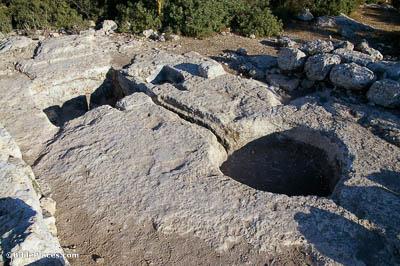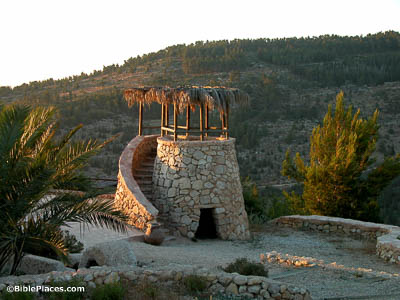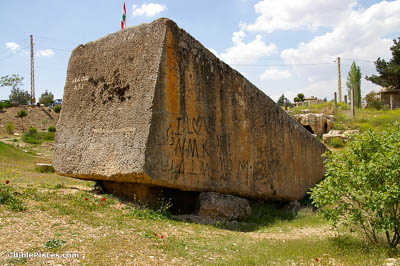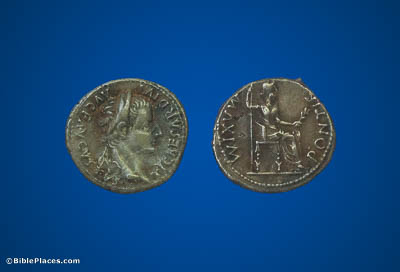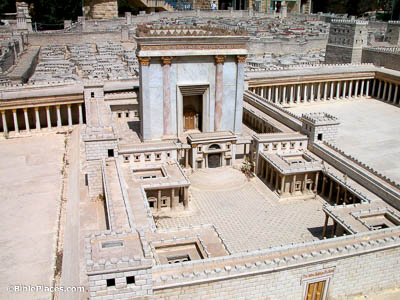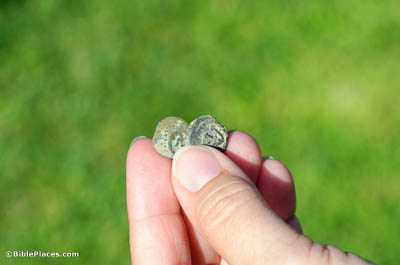A man planted a vineyard and set up a wall around it and dug a vat for the winepress . . . (Mark 12:1).
A full harvest of grapes was a heavy thing to transport, so winepresses were typically built near the vineyards themselves, minimizing the travel distance. They were dug straight into the rock, with this example including a drainage channel to collect the juice.
